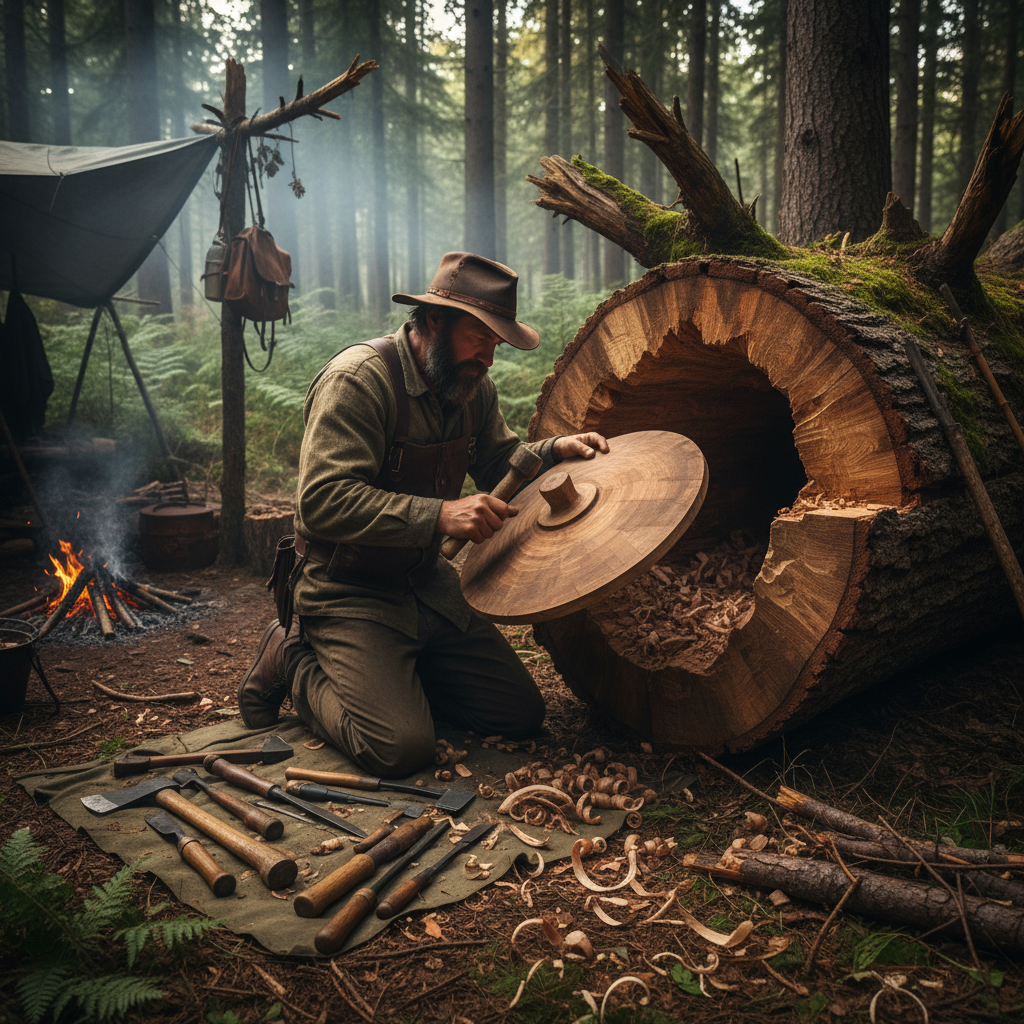
Building a hollow tree roof shelter is a true test of patience, skill, and understanding of natural materials. The process begins by finding a suitable fallen tree with a hollow that can be repurposed as the roof component of the shelter. I start by carefully carving and shaping the hollow wood using simple hand tools like knives and chisels, gradually removing excess material while preserving the strong core structure.
Precision is crucial throughout the project, especially when shaping the lid to fit snugly onto the hollow base. The curvature and size must be matched perfectly to prevent gaps that could let rain or wind through. Over many hours, I meticulously smooth and refine the edges, ensuring the structure will be weatherproof and durable.
Creating a natural, integrated roof like this provides excellent insulation and blends beautifully with the forest environment. It requires reinforcing certain sections with additional natural materials where needed, emphasizing sustainability and using only what the land offers.
During the carving and fitting process, I remain mindful of the tree’s condition to avoid damage that could weaken the shelter. The project demands steady focus and respect for the environment, as it illustrates how primitive technology can meet modern survival needs using simple, traditional methods.
The resulting hollow tree roof represents the perfect blend of craftsmanship and nature, offering a cozy, secure space in the wilderness. This process highlights how patient, skilled work with natural materials can create effective, lasting shelter solutions while fostering a deeper connection with the surrounding environment. It’s a rewarding and humbling experience that embodies the essence of bushcraft survival and traditional building techniques.


